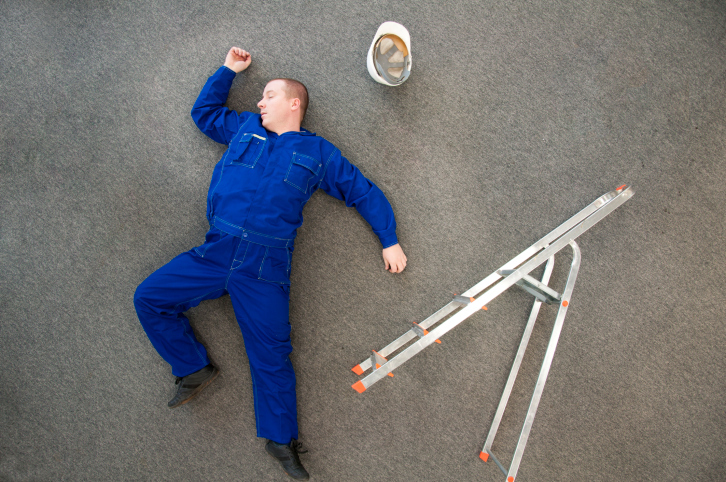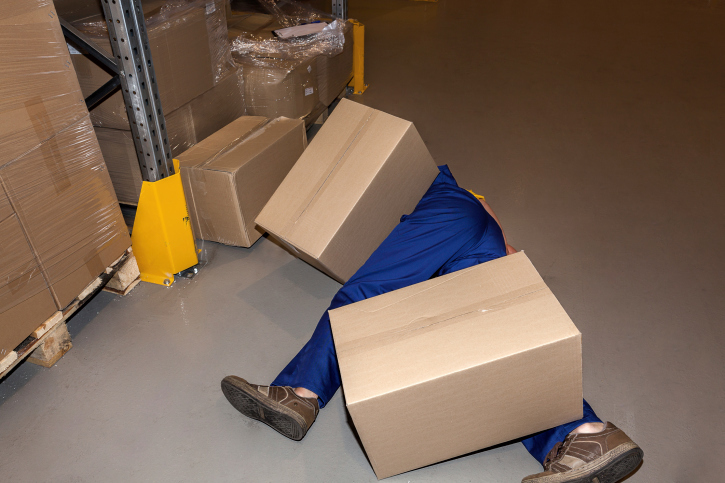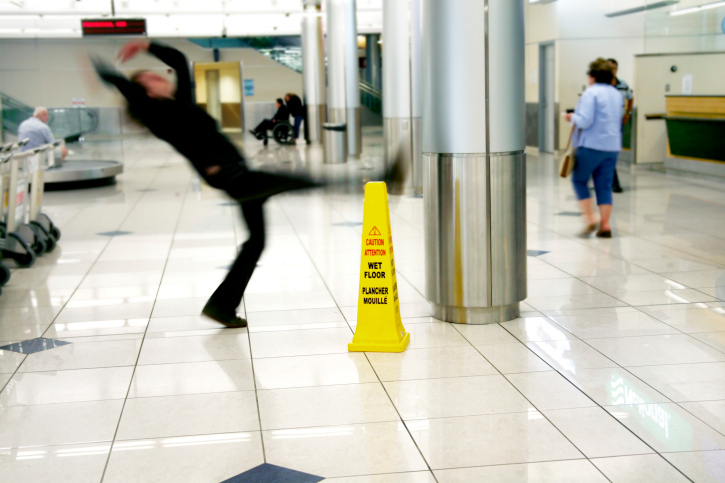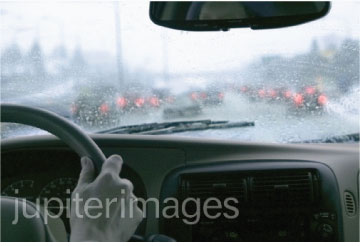Most of us don’t have workplace safety at the forefront of our minds when we are on the job. Unfortunately, injuries in the workplace are far from uncommon. The U.S. Department of Labor has reported that 15% of accidental deaths in the workplace are caused by falls, slips, or trips, and also account for an astounding 25% of all reported injuries.
Avoiding falls in the workplace should be a priority for not only employees, but also for the employers who are legally obligated to prevent them. While you may get out lucky with just a bruise or scrape, falls can often result in death. Going forward, follow these safety guidelines to stay safe on the job, avoid falls, and focus on the task at hand.
Falls account for 25% of all workplace injuries. They can be prevented.
Where do Falls Occur?
Most reported falls occur at ground level, either by tripping over an object such as wires or slipping on a liquid such as oil. The remainder are from falling from higher areas such as ladders, rooftops, steps, or a higher floor.
Never allow boxes or other objects in main walkways.
Precautions to Avoid Falls
Almost all workplace falls can be avoided either by wearing the proper safety equipment or by making sure that workplace conditions are safe before working. Here are a few tips to help prevent falls.
Create a workplace clean-up plan that must be followed daily. Housekeeping such as putting away loose objects, cleaning up spills as they happen, and ensuring all equipment is properly tied down will help prevent most falls from happening.
- Always use equipment for its intended purpose. For example, when reaching for something up high, a safety ladder is a much better choice than a desk chair.
- Wear appropriate footwear for the environment. Make sure the footwear provides the traction and protection you need for your particular job.
- Keep walkways clear. Boxes, cords, and hoses should never be left in main walking areas.
- Work areas should be well-lit, and lights should be turned on upon entering any room.
- Always be mindful of your environment. Paying attention to what is around you can be a preventative measure in itself.
Always clean up spills right away to avoid slipping.
Why is Workplace Safety, and Avoiding Falls Important?
The main reason avoiding falls and following workplace safety protocol is important is to keep employees safe, free from injury, and to avoid accidental death. If you are injured on the job, you will be facing even more issues than your injury.
- Will you have paid time off if the injury could have been prevented?
- Will you have worries such as how to manage finances if you’re suddenly laid off‘ .
- Will your health insurance cover the injuries sustained on the job?For employers, the cost of a fall in the workplace can be astronomical. Medical bills, paid leave, and legal fees are not worth ignoring safety protocol and ensuring injury prevention.
-
Falls can be prevented in the workplace. Following safety procedures, keeping the work areas clean and tidy, using equipment only as intended, and wearing safety harnesses when appropriate along with other safety gear will go a long way in the prevention of falls.
Jessica Galbraith is a writer, blogger, and safety advocate.



